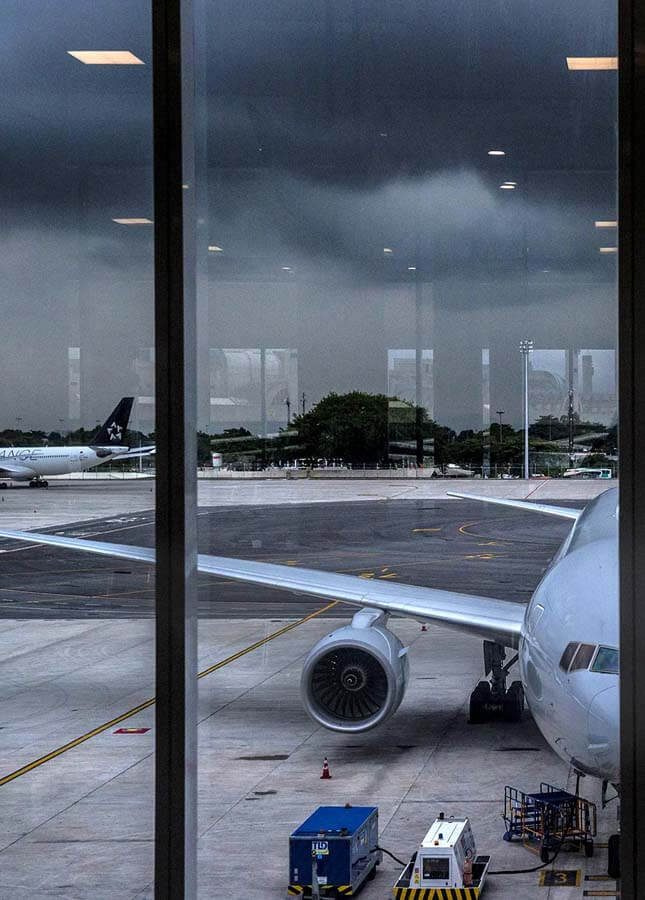1. Introduction
Rio de Janeiro Galeão International Airport, also known as Antonio Carlos Jobim International Airport, serves as the main gateway to Rio de Janeiro, Brazil. It’s a bustling hub for both domestic and international travel, welcoming millions of passengers annually.
2. Location
It is situated on Governador Island, about 20 kilometers north of Rio’s downtown, the airport’s strategic location offers convenient access to the city’s beaches and vibrant culture.
3. History
It was inaugurated in 1952, Galeão Airport has witnessed decades of transformations. Initially named after the Galeão neighborhood, it was later renamed to honor the composer Antonio Carlos Jobim. The airport underwent significant expansions and renovations, particularly for the 2016 Rio Olympics.
4. Facilities
Boasting two passenger terminals, Galeão features a range of amenities, including duty-free shops, restaurants, lounges, currency exchange, and Wi-Fi access. Travelers can also enjoy art exhibitions, a movie theater, and children’s play areas.
5. Airlines and Destinations
Galeão serves as a central hub for major airlines like Gol, LATAM, and Azul, connecting Rio to over 18 countries and numerous domestic destinations. From exploring breathtaking Amazon landscapes to soaking up the sun on idyllic beaches, the airport offers gateways to diverse Brazilian experiences.
6. Transportation Infrastructure
Accessible by taxi, buses, car rentals, and the BRT system, Galeão provides smooth connections to various parts of Rio. The BRT connects the airport to the metro and other lines, allowing seamless integration into the city’s public transport network.
7. Cargo Operations
A dedicated cargo terminal handles a significant volume of freight, making Galeão a pivotal point for import and export operations. The airport plays a crucial role in Brazil’s trade and economic activity.
